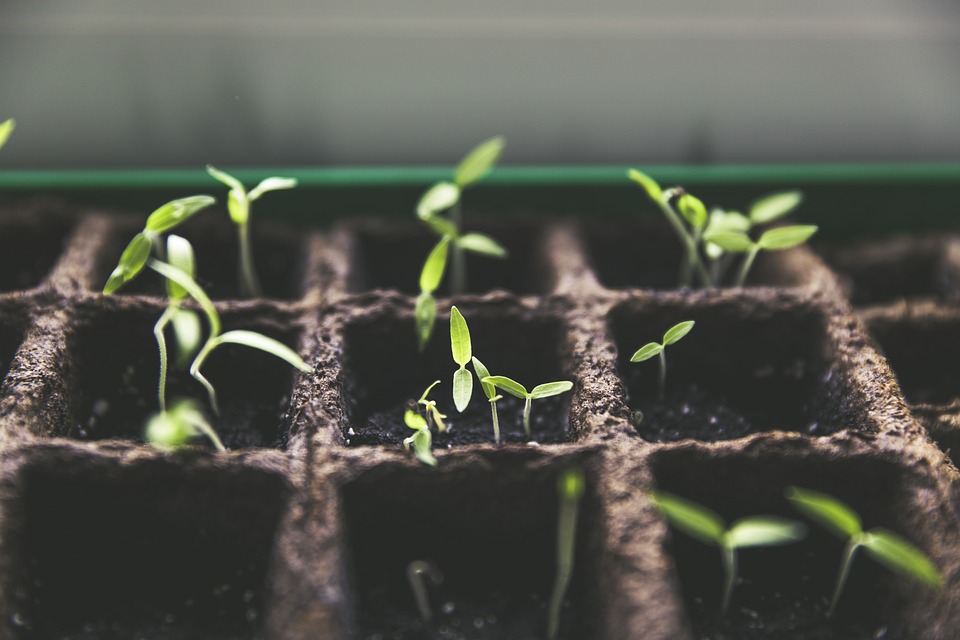If you’re interested in growing your own plants at home, you’ve come to the right place! In this guide, you’ll learn everything you need to know about growing plants successfully. So, whether you’re a beginner or an experienced gardener, this guide has something for everyone.
Set The Lighting Up Correctly
Plants need light in order to feed themselves, so make sure you’re careful with this process. The folks at Grow Light Info say that you’ll need to decide on a light setting before setting up the lighting. You’ll have to choose between a full spectrum of lights or just red and blue ones. Full-spectrum lights will help your plants grow in both vegetative and flowering stages, whereas only red and blue light is better for the flowering stage.
You should also consider setting up multiple types of lighting if you want to get the best results possible. This method can be more expensive than setting up one powerful lamp, but it’s worth it if you’re serious about gardening at home. Your plants will thank you once they grow bigger because they will receive enough lighting that way!
Choose A Good Container
You need to pick the right pot or container to grow your plants in. This is important because the container will determine how well your plant grows. Make sure to pick a pot that has drainage holes, so the water can escape and doesn’t sit in the soil and rot the roots of your plant. Also, make sure the pot is big enough for the plant to grow in, otherwise, it will be cramped and not thrive.
If you are choosing a planter box, make sure it is big enough for all of your plants and that there is room for them to grow. You also want to choose a spot where your plants will get plenty of sunlight. A good rule of thumb is to place taller plants towards the back of the box and shorter plants in front. And don’t forget to water your plants!
Use Quality Soil
Be very careful when choosing the soil to use for your plants. Some of them grow better using a certain type of soil than others.
If you don’t get good quality soil, you will end up with poor plant growth and root development, as well as nutrient deficiency issues that can be very costly in the long run to fix.
When picking the soil, you should look for the following:
- pH range: Look for soil with a slightly acidic or neutral pH level. It should be between 0 and 14.
- Texture: The size of particles in the soil varies greatly depending on factors like its drainage, water retention, texture, and nutrient holding capacity among other things.
- Organic matter: Soil that is rich in organic matter will help to improve soil structure, water retention, and fertility, among other benefits.
- Nutrients: The soil should have the right balance of macro and micronutrients for your plants.
Be Careful When Watering
Properly watering your plants is essential to their survival. Overwatering can cause the roots to rot, and under-watering will make the plants wilt. There are a few things you can do to make sure you’re watering your plants correctly:
First, check the soil. The top of the soil should be dry before you water it again. If it’s wet, don’t water it yet. Second, observe your plants. When they start wilting, that means they need water. Third, use a watering can or hose with a gentle spray setting to avoid getting too much water on the leaves, which could lead to disease.
Keep The Soil Warm
The soil needs to be kept at the proper temperature at all times to help the plants grow. You can use a heating pad to keep the soil warm, especially during the colder months. Make sure to follow the instructions carefully and not overheat the soil. You should also monitor the temperature of the room where you are keeping your plants, as it might be too cold for them. By keeping the soil warm, you will ensure that your plants are happy and healthy!
Make Sure To Fertilize
Fertilizing the soil is a great way to ensure that your plants will grow healthy and strong. Not only does it provide the essential nutrients that the plant needs, but it also helps to improve the soil’s structure and water retention ability. In order to get the most out of your fertilizing efforts, you should be familiar with the different types of fertilizers available and how to use them correctly.
When it comes to choosing a fertilizer, there are two main options: organic or synthetic. Organic fertilizers are made from natural materials such as animal manure, compost, or agricultural byproducts like cottonseed meal or kelp. Synthetic fertilizers, on the other hand, are created in a laboratory using chemical ingredients.
 Growing your own plants is a great hobby and will keep you healthier at home. Make sure to use good lighting and pick the right containers. Carefully choose the soil and water all plants correctly. Keep the soil at the right temperature at all times and fertilize it whenever it’s necessary. Have fun with your new hobby!
Growing your own plants is a great hobby and will keep you healthier at home. Make sure to use good lighting and pick the right containers. Carefully choose the soil and water all plants correctly. Keep the soil at the right temperature at all times and fertilize it whenever it’s necessary. Have fun with your new hobby!